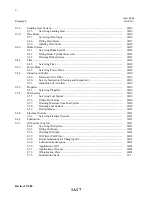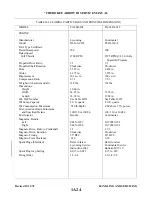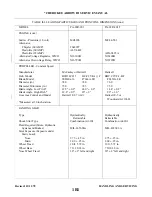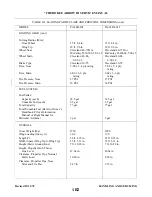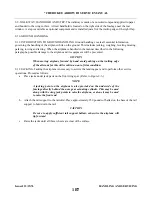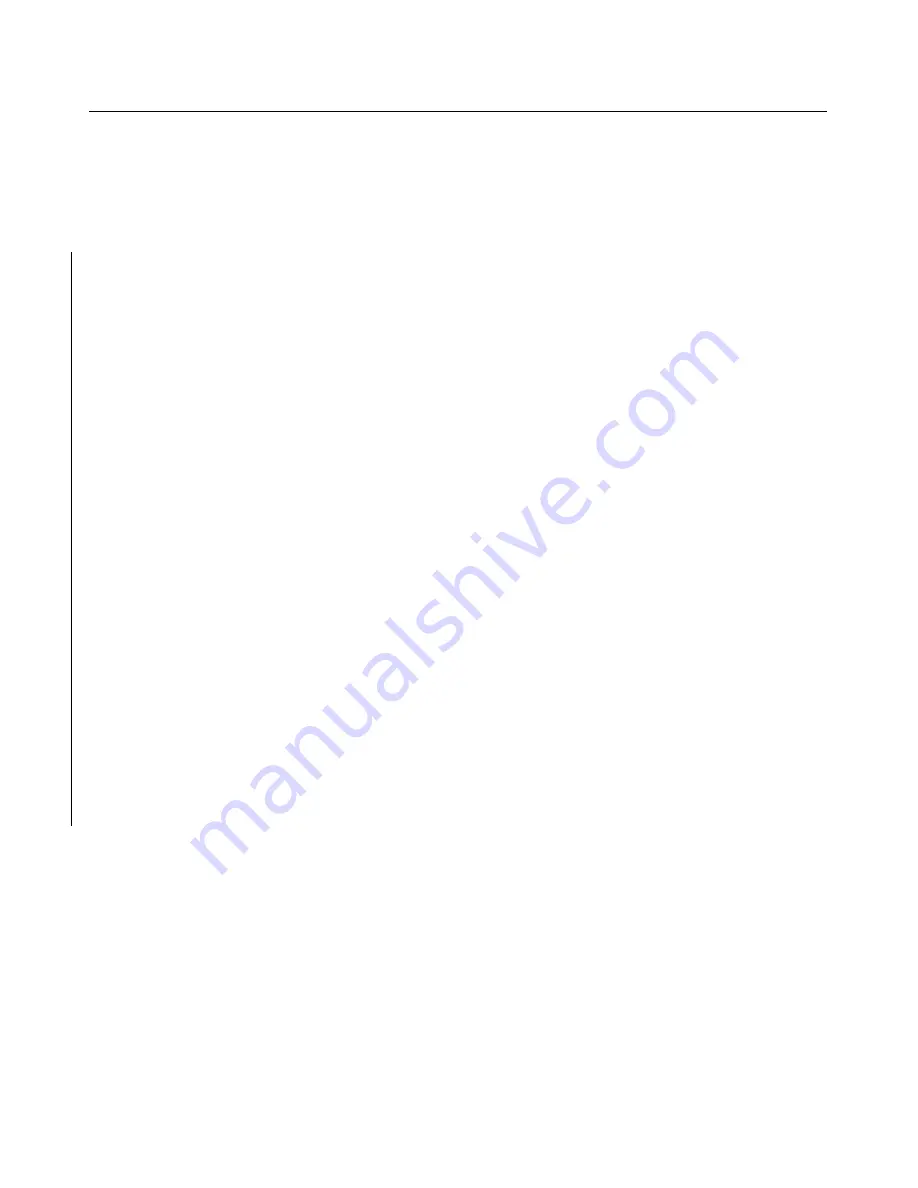
2-8. TORQUE REQUIREMENTS. The torque valves given in Table II-II are derived from oil-free cadmium-
plated threads and are recommended for all airframe installations procedures where torquing is required, unless
otherwise noted in sections where other valves are stipulated. Engine torque valves for PA-28R-201 are found
in the latest revision of Avco-Lycoming Service Bulletin No. 268. Engine torque valves for PA-28R-201T are
found in the latest revision of Teledyne Continental Overhaul Manual. Propeller torque valves are found in
Section VII or VIIA of this manual.
a.
Unless otherwise specified, torque all nuts to the applicable torque as given in Table II-II. If the nut (or
bolt) is listed but not its mating fastener, use the lower torque specified for the listed nut (or bolt).
NOTE
If normal operation requires movement between any of the components
being clamped together, tighten the nut (or bolt) without regard to the nut
torque chart to ensure intended operation of the assembly.
b. If the bolt and nut threads are to be lubricated an no torque has been specified, reduce the
recommended nut torque (plus friction drag torque) by 50%.
c.
For thread sizes 10 through 7/16, add the friction drag torque for all self-locking fasteners as specified
in the friction drag torque table. For non self-locking fasteners, assume the friction drag torque to be
zero.
d. For bolt sizes other than those mentioned above, determine the friction drag torque by turning the nut
to near contact with the bearing surface. Attach a scale type torque wrench to the nut and determine
the torque required to turn the nut on the bolt before the nut contacts the bearing surface. Add the
friction drag torque to the recommended torque to get the final torque.
NOTE
If the bolt is stationary and the nut is torqued, use the lower side of the
torque range. If the nut is stationary and the bolt is torqued, use the higher
side of the torque range.
e.
When torquing castellated nuts, begin with minimum torque plus friction drag torque. Do not exceed
maximum torque plus friction drag torque when trying to align slot on nut with hole in bolt shank. If
they do not align, change washers and try again. When using castellated nuts on movable joints, do not
torque as described above. Tighten nuts only to remove looseness in the joint and then install the cotter
pin.
f.
After the final torque has been applied, the nut (or bolt or screw if no nut is used) should be
permanently marked red and should not be further tightened or disturbed.
Revised: 11/21/80
1B6
*CHEROKEE ARROW III SERVICE MANUAL
HANDLING AND SERVICING
Summary of Contents for ARROW III
Page 4: ...THIS PAGE INTENTIONALLY LEFT BLANK 1A4...
Page 12: ...THIS PAGE INTENTIONALLY LEFT BLANK 1A12...
Page 94: ...Figure 4 2 Wing Installation Revised 2 13 89 1D22 CHEROKEE ARROW III SERVICE MANUAL STRUCTURES...
Page 171: ...lH3 INTENTIONALLY LEFT BLANK...
Page 172: ...lH4 INTENTIONALLY LEFT BLANK...
Page 286: ...THIS PAGE INTENTIONALLY LEFT BLANK Revised 2 13 89 2A8...
Page 528: ...INTENTIONALLY LEFT BLANK 2K10 THRU 2L24 2K10...


